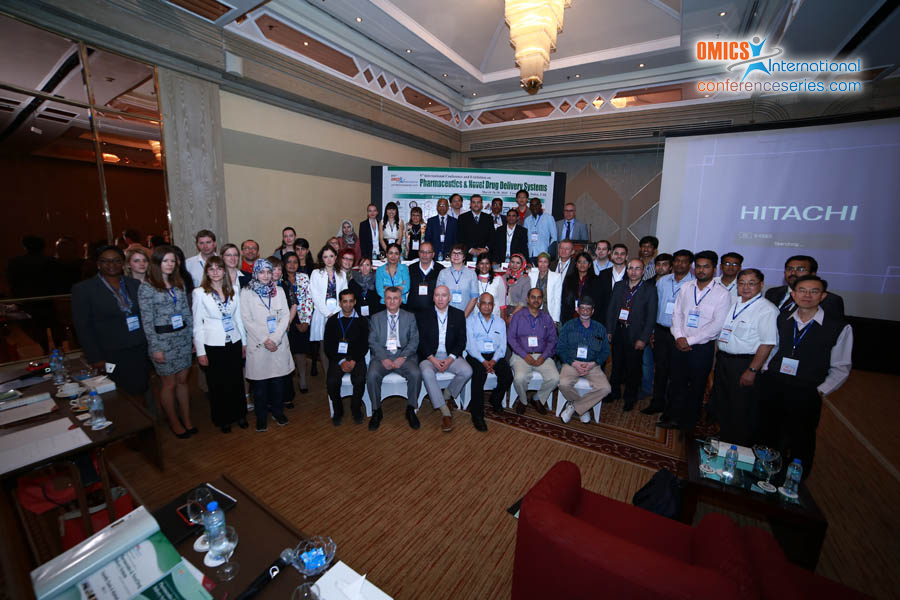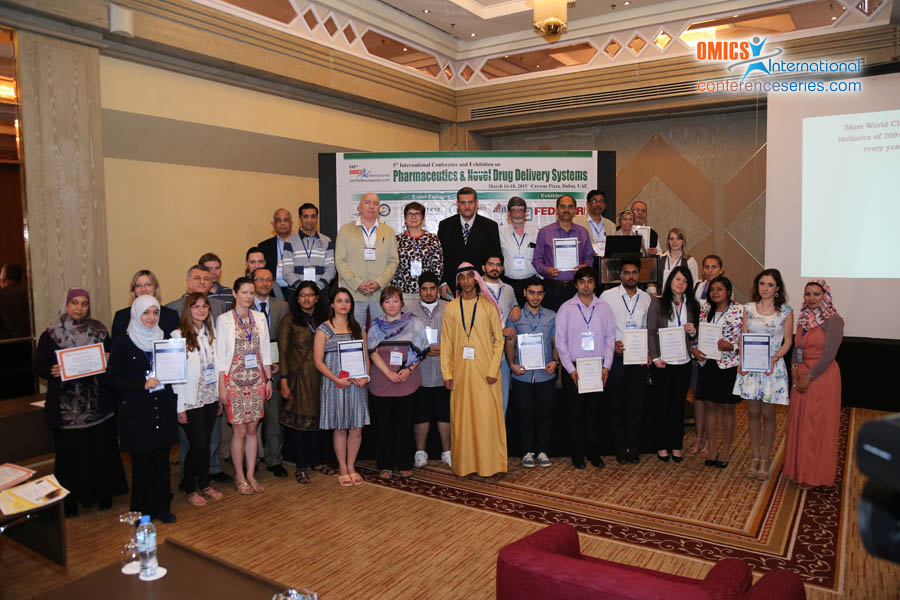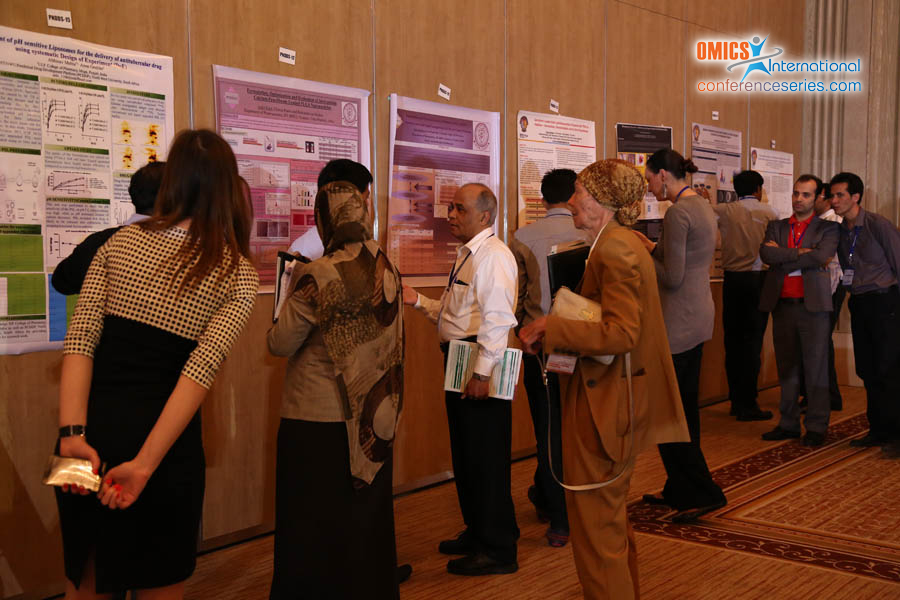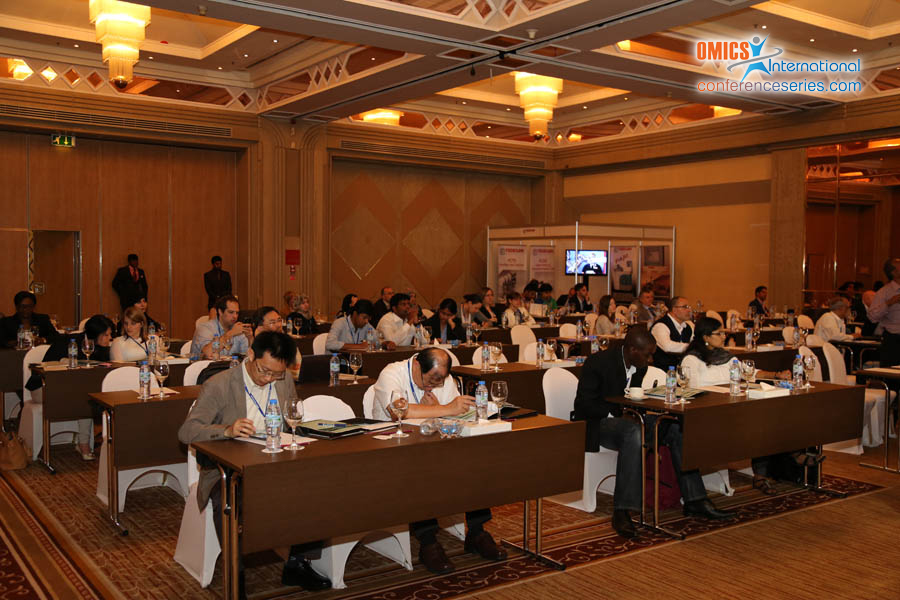
Gabriella Horvat
University of Szeged, Hungary
Title: Thiolated poly(aspartic acid) polymers in ophthalmic therapy
Biography
Biography: Gabriella Horvat
Abstract
With the aging of the population, the need for treatments for ocular diseases and disorders has become more important than ever. If we aim to maintain the quality of life for this aging population, the preservation of vision is critical. Since topical ocular delivery treatments are considered to be the safest, least invasive, and most self-administrable, their development is highly sought. Unfortunately, the application of formulations available on the market have many disadvantages such as the need for frequent instillation of eye drops, which is accompanied by discomfort and a decrease in patient compliance, especially in long-term therapy. One way to overcome these drawbacks is to formulate a drug delivery system with mucoadhesive properties leading to the increase of residence time of the drug on the ocular surface, drug uptake, diff usion and transport, while the concentration, required volume and usage frequency can be decreased. Th e aim of our work was to determine the properties of thiolated poly(aspartic acid) (Th ioPASP) polymers as potential in situ gelling, mucoadhesive ophthalmic drug delivery system. Mucoadhesion measurements were performed in vitro (rheology, tensile test) and ex vivo (tensile test, “wash away” test). Th e release of sodium diclofenac, a frequently used non-steroidal antiinfl ammatory drug with low bioavailability, from the gels was also determined. According to all results Th ioPASP polymers can serve as potential ocular mucoadhesive drug delivery systems with an appropriate drug release profi le whereby the administration frequency can be decreased and the patient compliance might be increased. Th is work was supported by Campus Hungary fellowship.
Speaker Presentations
Speaker PPTs Click Here




